Description
VEGETABLE COURGETTE TONDA DI PIACENZA
VEGETABLE COURGETTE TONDA DI PIACENZA. An early extremely productive dark green spherical variety originating near Parma. It’s shape makes it ideal for stuffing. Bake them whole and they stay firm on the outside and go soft and creamy inside.
Cultivation Advice
1.Plant Tonda di Piacenza zucchini in a warm, sunny spot after the danger of frost has passed. Ensure the soil temperature is consistently above 60°F (15°C) for optimal germination.
2. Choose well-draining, fertile soil enriched with compost or organic matter. Zucchinis prefer slightly acidic to neutral soil with a pH range between 6.0 and 7.0.
3. Sow seeds directly into the ground, placing them about an inch deep. Space multiple seeds approximately 2-3 feet apart to allow the plants room to spread.
4. Keep the soil consistently moist, especially during the plant’s initial growth period. Water deeply and regularly, aiming to water the roots rather than wetting the leaves to avoid fungal issues.
5. Incorporate balanced fertilizer or compost into the soil before planting. Additionally, side-dress the plants with a balanced fertilizer once they start producing fruit.
6. Apply a layer of mulch around the base of the plants to retain soil moisture, suppress weeds, and maintain a more consistent soil temperature.
7. While Tonda di Piacenza zucchinis typically sprawl along the ground, providing support with trellises or stakes can keep the fruits off the soil, reducing the risk of rot and making harvesting easier.
8. Harvest zucchinis when they’re still tender and about 4-6 inches in diameter. Regular harvesting encourages the plant to produce more fruit. Use a sharp knife to cut the zucchinis from the plant without damaging the stems.
9. Keep an eye out for common pests like squash bugs, aphids, and squash vine borers. Regular inspection and appropriate pest management strategies, including hand-picking and organic pesticides if necessary, can help control infestations. Additionally, promoting good air circulation and avoiding overwatering can prevent fungal diseases.
10. To prevent soil depletion and minimize disease issues, practice crop rotation by planting zucchinis in a different location each year.
11. In regions with a shorter growing season, consider using row covers or cloches to protect young plants from cooler temperatures early in the season.
12. Zucchini plants rely on pollination for fruit production. To ensure proper pollination, encourage pollinators like bees and butterflies by planting companion flowers nearby. You can also hand-pollinate zucchini flowers by transferring pollen from male to female flowers using a small brush or cotton swab.
13. These zucchinis thrive in warm conditions with plenty of sunlight. Aim for at least 6-8 hours of direct sunlight daily for optimal growth and fruit production. Avoid planting in low-lying areas prone to cold air pockets, as zucchinis are sensitive to frost.
14. While not necessary, some gardeners prune zucchini plants to improve air circulation, reduce disease risk, and encourage larger fruit. Prune excessive foliage or any dead or diseased leaves carefully to avoid damaging the plant.
15. Check the plants daily during peak harvest times, as zucchinis grow rapidly. Harvest smaller-sized zucchinis for a more tender and flavorful taste. Overly mature zucchinis can become tough and less flavorful.
16. To extend your harvest period, consider staggering planting times, planting new seeds or seedlings every few weeks. This way, you’ll have a continuous supply of fresh zucchinis rather than a large harvest all at once.
17. Zucchinis can benefit from companions like marigolds, nasturtiums, and basil, which may help repel certain pests or attract beneficial insects. However, avoid planting zucchinis near other members of the squash family to prevent cross-pollination.
18. If you’ve harvested more zucchinis than you can use immediately, store them in a cool (but not cold), dry place. They can also be stored in the refrigerator for several days.
19. Allow a few zucchinis to mature fully on the vine. Collect the seeds once the fruits have ripened and dried. Ensure the seeds are completely dry before storing them in a cool, dry place for the next planting season.
20. Tonda di Piacenza zucchinis have a mild, sweet flavor and a firm texture. Explore various culinary uses, such as grilling, sautéing, roasting, stuffing, or incorporating them into baked goods like zucchini bread.

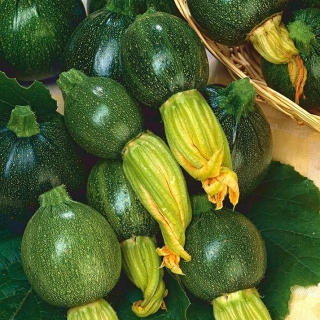
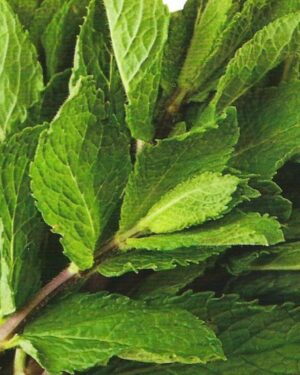

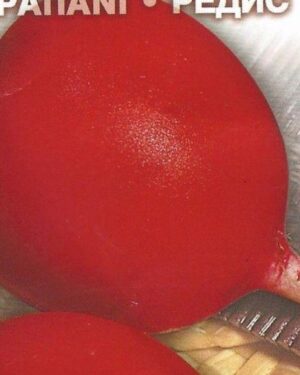
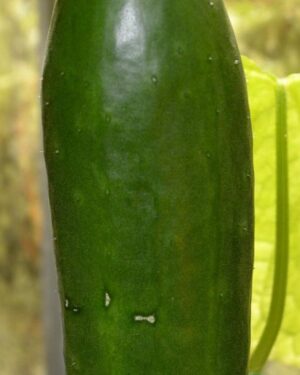
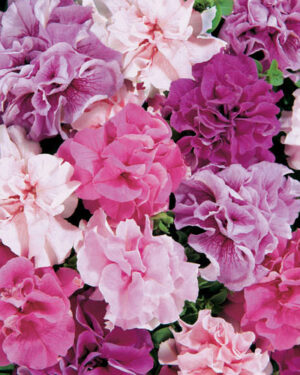
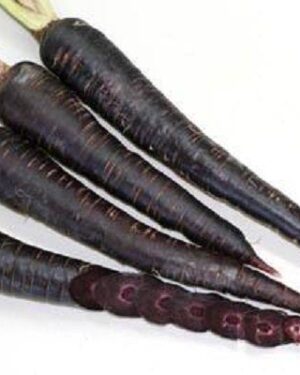

Reviews
There are no reviews yet.